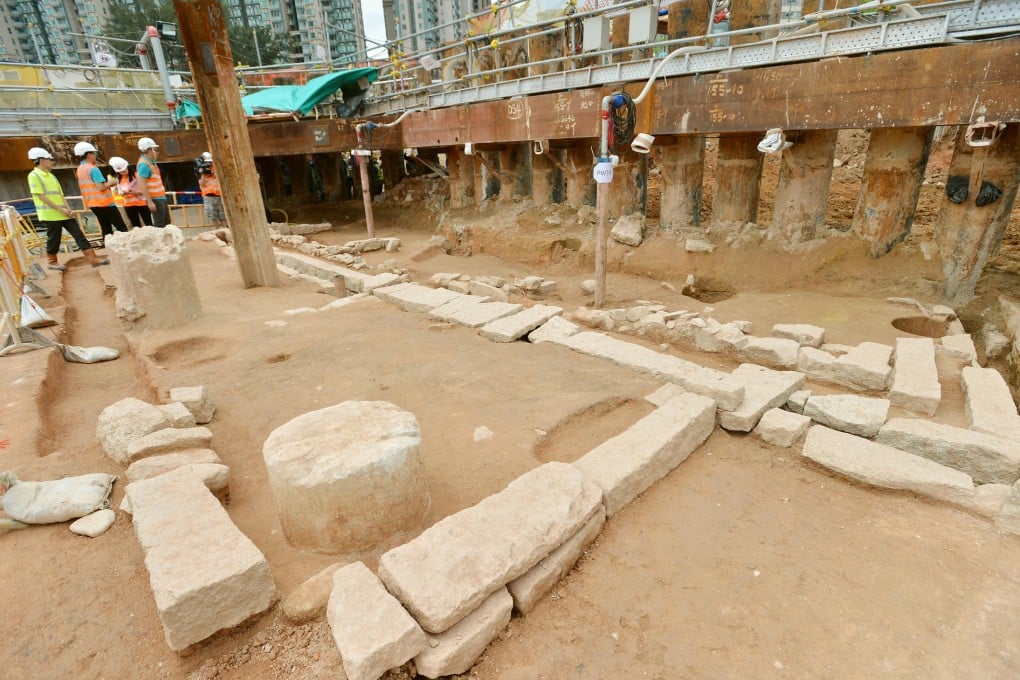Fate of relics and Sha Tin rail link left open
Antiquities Board fails to get answer on whether to move historic items or leave them on site

The fate of one of the largest archaeological finds in Hong Kong - and the Sha Tin-Central rail link - was left undecided last night after the man in charge of studying the dig stopped short of a recommendation.
Dr Liu Wensuo, of Sun Yat-sen University in Guangzhou, the lead archaeologist in a study of the relics found in To Kwa Wan, was asked at a meeting of the Antiquities Advisory Board whether he considered the relics should be preserved on site, or removed.
He replied: "There are both pros and cons of in situ preservation. It is not a question that I can answer, but is a matter to be discussed with the board, the Antiquities and Monuments Office and even residents."
Liu spoke in public for the first time on the Song-dynasty discoveries, which have sparked controversy over heritage conservation versus building progress of the Sha Tin to Central rail link.
The dilemma was summed up by Chinese University archaeologist Professor Tracey Lu Lie-dan. "I always tell my students that archaeology itself is destruction," she said.
"The difference between grave robbers and us [archaeologists] is that we record our findings in detail. The reconstruction of history through the discovery of relics is the ultimate goal of archaeology."
Earlier, Lu and some members of the Antiquities Advisory Board expressed concern over structures already removed, after the MTR Corporation presented a proposal on protecting a Song-era well and nearby remains of house structures and a nullah that would allow construction nearby to go ahead.